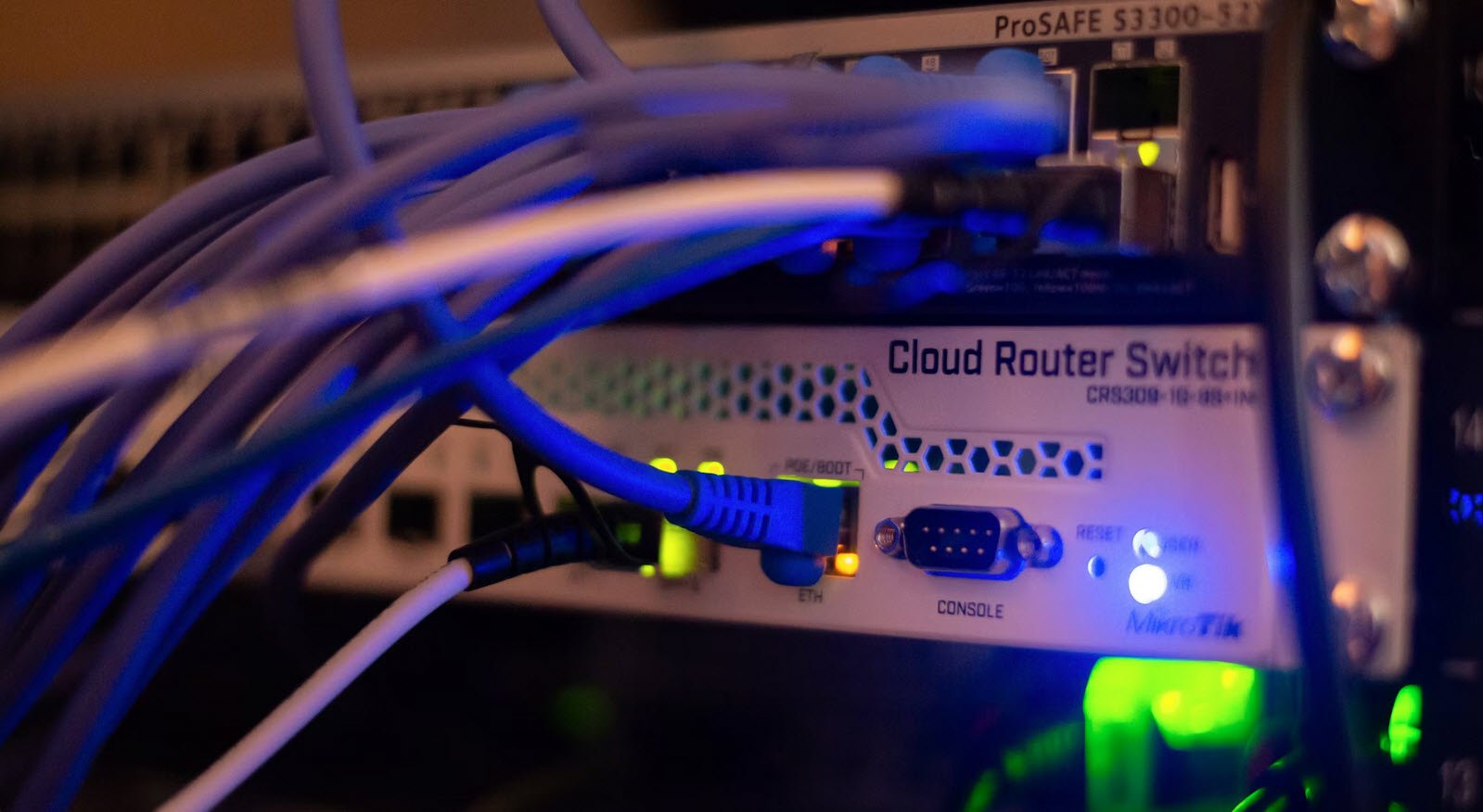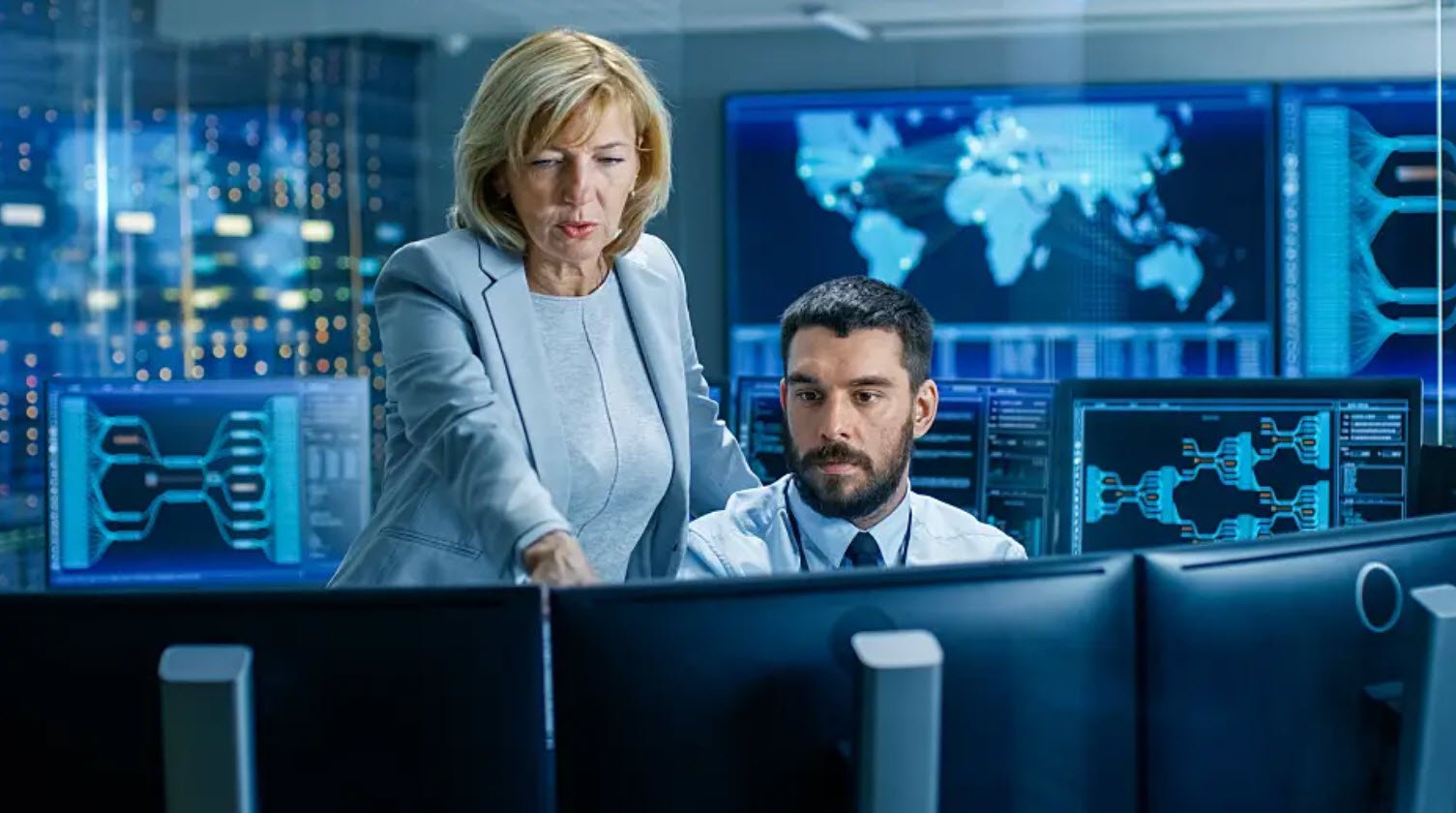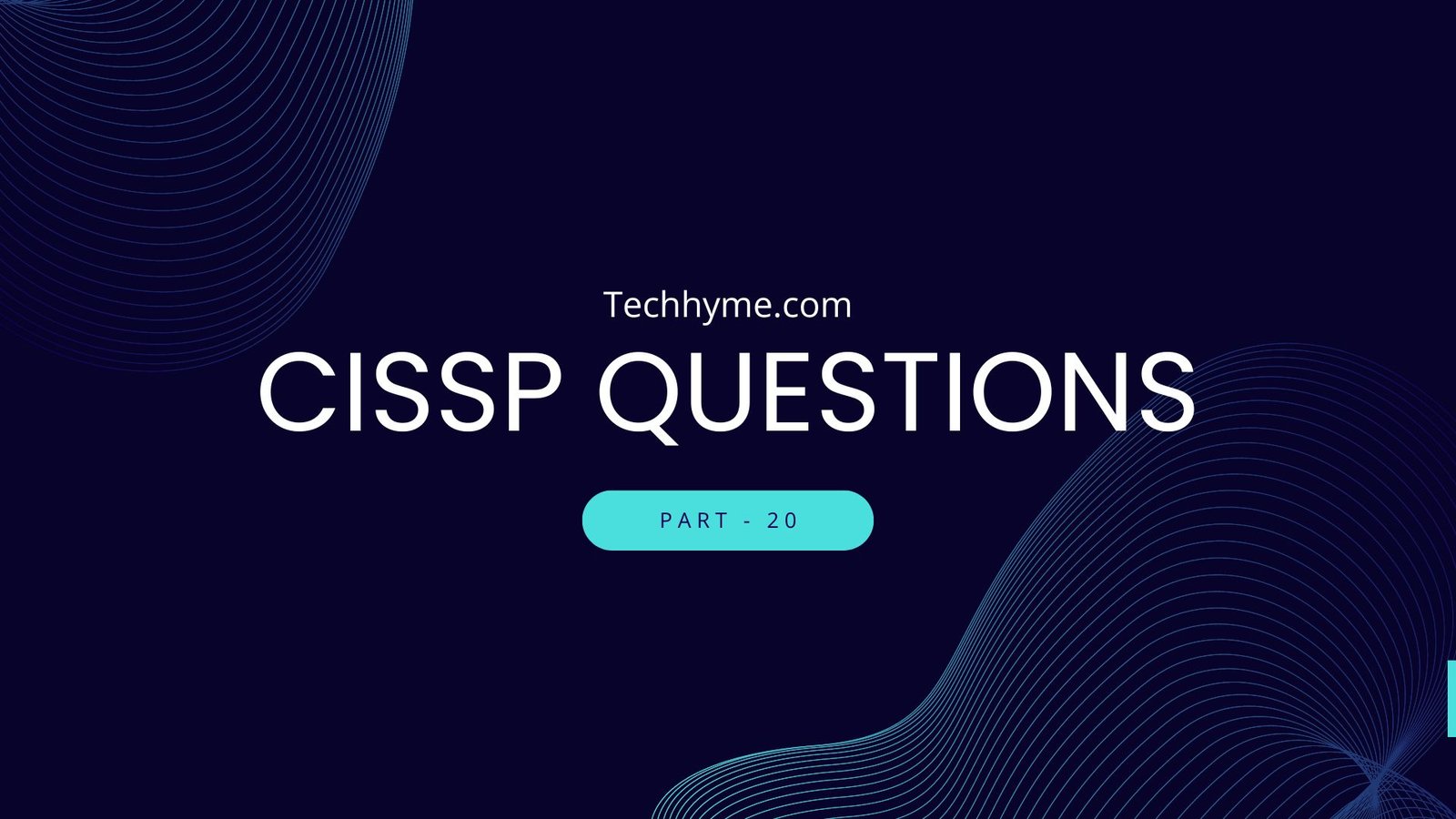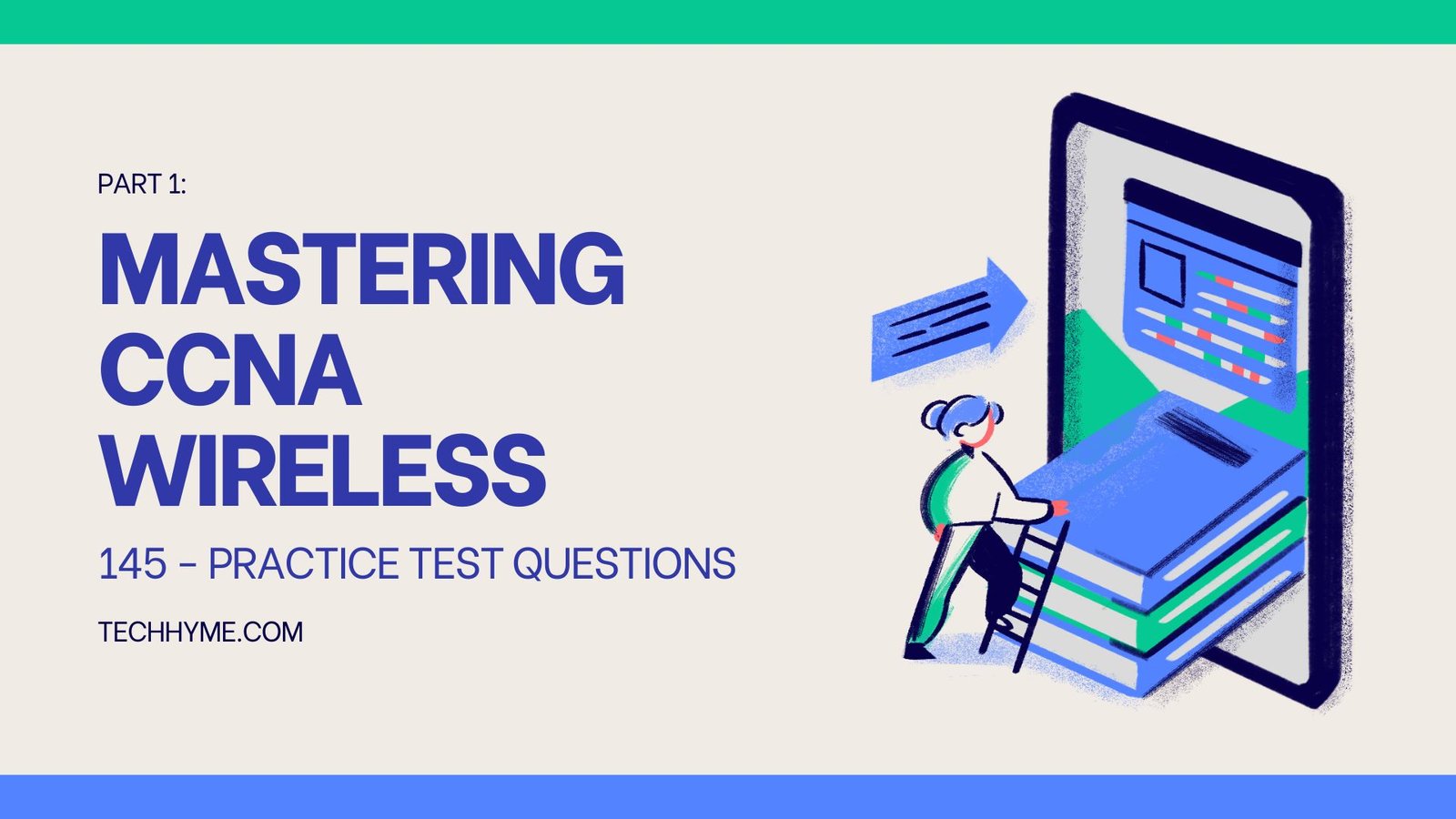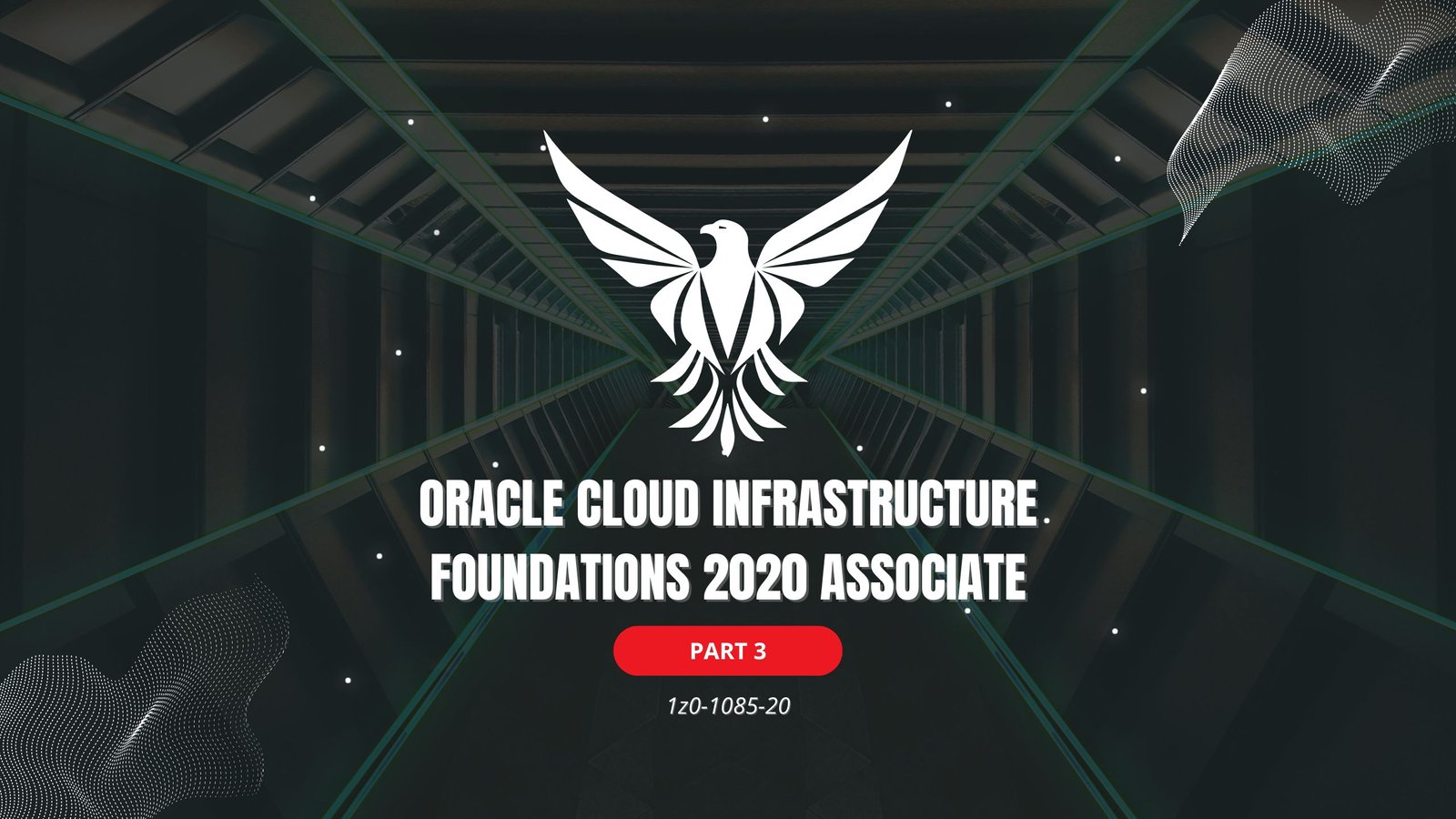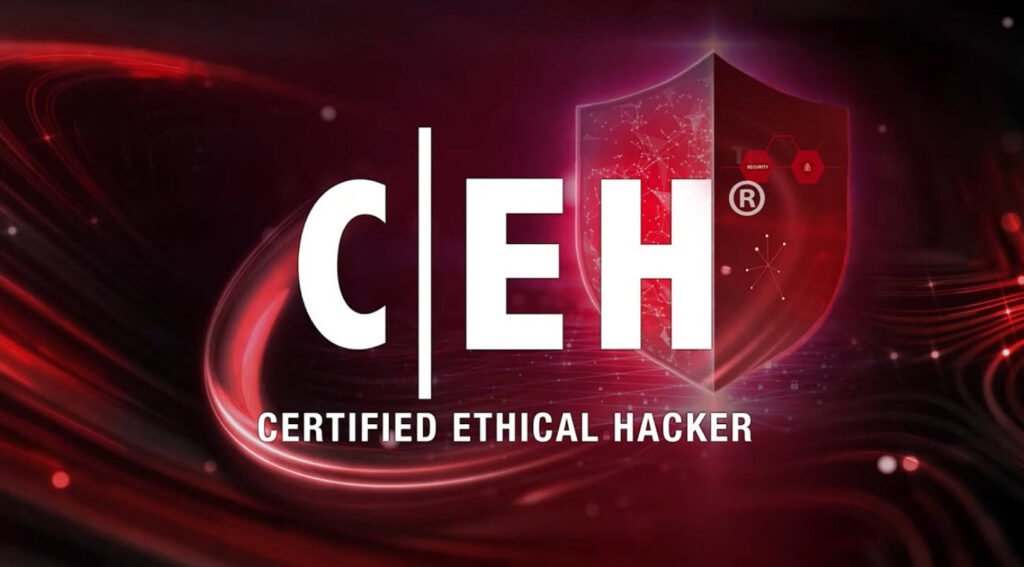
In the ever-evolving landscape of cybersecurity, the role of Certified Ethical Hackers (CEH) has become increasingly crucial. These professionals are tasked with identifying and exploiting vulnerabilities in computer systems, networks, and applications, all with the goal of fortifying digital defenses against malicious hackers.
Achieving the CEH certification requires a deep understanding of various hacking techniques, tools, and methodologies. One effective way to prepare for the CEH exam is through practice test questions, which simulate real-world scenarios and assess your knowledge and skills.
Delve into the realm of password cracking, privilege escalation, and maintaining unauthorized access with this set. Strengthen your understanding of System Hacking techniques and reinforce your ability to secure systems against such threats.
- Certified Ethical Hacker v12 – Practice Test Questions – Part 1
- Certified Ethical Hacker v12 – Practice Test Questions – Part 2
- Certified Ethical Hacker v12 – Practice Test Questions – Part 3
- Certified Ethical Hacker v12 – Practice Test Questions – Part 4
- Certified Ethical Hacker v12 – Practice Test Questions – Part 5
- Certified Ethical Hacker v12 – Practice Test Questions – Part 6
- Certified Ethical Hacker v12 – Practice Test Questions – Part 7
- Certified Ethical Hacker v12 – Practice Test Questions – Part 8
- Certified Ethical Hacker v12 – Practice Test Questions – Part 9
- Certified Ethical Hacker v12 – Practice Test Questions – Part 10
- Certified Ethical Hacker v12 – Practice Test Questions – Part 11
- Certified Ethical Hacker v12 – Practice Test Questions – Part 12
- Certified Ethical Hacker v12 – Practice Test Questions – Part 13
- Certified Ethical Hacker v12 – Practice Test Questions – Part 14
1Q: Detective controls help administrators find problems within an organization’s processes. Choose the two options below that represent this kind of control.
a. Audits
b. DRP
c. CCTV
d. Encryption
e. Two-factor or multi-factor authentication
Solution: The correct answers are A and D.
2Q: IPSec offers which of the below?
a. DDOS protection
b. Non-repudiation
c. Anti-virus protection
d. Availability
Solution: The correct answer is B.
3Q: John, a security administrator, is very worried about his system becoming infected with a virus. He decides to implement a multi-layered strategy involving anti-virus software on each of his client machines as well an e-mail gateway. What form of attack will this defend against?
a. Scanning attack
b. Social engineering attack
c. ARP spoofing attack
d. Forensic attack
Solution: The correct answer is B.
4Q: The use of alert thresholding in an intrusion detection system (IDS) can reduce the repeated alerts. However, it will introduce one of the below vulnerabilities. Which one?
a. The IDS does not distinguish among packets originating from different sources.
b. An attacker, working slowly enough, may be able to evade detection by the IDS.
c. Network packets will be dropped once the volume exceeds the threshold.
d. Thresholding disables the IDS’ ability to reassemble fragmented packets.
Solution: The correct answer is A.
5Q: Which of the below netcat command switches will you use to telnet a remote host?
a. nc -t
b. nc -z
c. nc -g
d. nc -l -p
Solution: The correct answer is A.
6Q: John must analyze the results of an internal vulnerability scan to be run on website hosting servers. The code is written in Java and his team lead wants to it for buffer overflow vulnerabilities using the SAINT scanning tool. Why should John discourage his team lead from this avenue?
a. SAINT, as an automated vulnerability assessment tool, is too resource-heavy.
b. Java is not vulnerable to buffer overflow attacks.
c. All vulnerability signatures will need to be manually updated before SAINT runs a scan.
d. The SAINT scanner fails to incorporate the new OWASP Top 10 web application scanning policies and procedures.
Solution: The correct answer is B.
7Q: John, a professional Ethical Hacker, has been assigned to do security and vulnerability testing for an organization. In order to find out whether certain computers are connected to the server or not, he will need to ping about 500 computers. Which of the below techniques would save him time and energy?
a. PING
b. NETSTAT
c. Ping sweeping
d. TRACEROUTE
Solution: The correct answer is C.
8Q: How can an attacker discover what rules have been set up on a specific gateway?
a. Firewalking
b. Firewalling
c. OS Fingerprinting
d. Ping Scan
Solution: The correct answer is A.
9Q: What is the process of identifying hosts or services by sending packets into the network perimeter to see which ones get through?
a. Firewalking
b. Enumerating
c. Trace-configuring
d. Banner Grabbing
Solution: The correct answer is A.
10Q: Which of the below statements are true about N-tier architecture? (Choose two.)
a. N-tier architecture requires at least one logical layer.
b. Each layer should exchange information only with the layers above and below it.
c. When any layer is modified or updated, the other layers must also be updated so that they agree.
d. Each layer must be able to function on a physically independent system.
Solution: The correct answers are B and D.
11Q: Which of the below can be used to determine which range of IP addresses is mapped to live hosts?
a. TRACERT utility
b. Ping sweep
c. PATHPING
d. KisMAC
Solution: The correct answer is B.
12Q: You need to find out which protocols a router or firewall blocks as well as which protocols a router or firewall will simply pass onto downstream hosts. You are going to map out any intermediate routers or hops between a scanning host and your target host. After viewing the results, you need to identify which ports are open. The tool displays “A!” when it determines that the metric host is directly behind the target gateway. Which tool are you using for the scan?
a. Firewalk
b. NMAP
c. HPing
d. Traceroute
Solution: The correct answer is A.
13Q: War dialers are used to scan thousands of phone numbers to detect any modems that have vulnerabilities. This provides an attacker with unauthorized access to a target computer. Which of the below utilities would work for war dialing? Each correct answer represents a complete solution. Choose two.
a. ToneLoc
b. THC-Scan
c. Wingate
d. NetStumbler
Solution: Answers A and B are correct.
14Q: Which of the below network scanning utilities is a TCP/UDP port scanner that can also operate as a ping sweeper and/or hostname resolver?
a. Netstat
b. SuperScan
c. Hping
d. Nmap
Solution: The correct answer is B.
15Q: Which is the correct sequence of packets needed to perform the 3-way handshake method?
a. SYN, SYN/ACK, ACK
b. SYN, ACK, SYN/ACK
c. SYN, ACK, ACK
d. SYN, SYN, ACK
Solution: The correct answer is A.
16Q: In which of the below scanning methods do Windows operating systems send only RST packets irrespective of whether the port is open or closed?
a. TCP FIN
b. TCP SYN
c. FTP bounce
d. UDP port
Solution: The correct answer is A.
17Q: In which of the below methods does a hacker send SYN packets followed by a RST packet?
a. XMAS scan
b. TCP FIN scan
c. TCP SYN scan
d. IDLE scan
Solution: The correct answer is C.
18Q: The attacker works through a spoofed IP address to send a SYN packet to a target. Which of the below methods did the attacker choose?
a. IDLE
b. NULL
c. TCP FIN
d. XMAS
Solution: The correct answer is A.
19Q: Which of the below scanning methods is most accurate and reliable, with the downside being that it is also incredibly easy to detect?
a. TCP SYN/ACK
b. TCP FIN
c. TCP half-open
d. Xmas Tree
Solution: The correct answer is A.
20Q: While performing a security assessment of a web server, Erin realizes she needs to identify a cross-site scripting vulnerability. Which of the below suggestions would correct the vulnerability?
a. Inform the Web Administrator that all Web application data inputs must be validated before they are processed.
b. Add a warning to users that cookies can be transferred only via a secure connection.
c. Disable ActiveX support within all Web browsers.
d. Disable Java applet support within all Web browsers.
Solution: The correct answer is A.
21Q: John is a software developer. His workgroup’s network has a web server that which hosts a company’s website. John wants to improve the security of the Web website by implementing Secure Sockets Layer (SSL). Which of the below types of encryption does SSL use? Each correct answer represents a complete solution. Choose two.
a. Secret
b. IPSec
c. Asymmetric
d. Symmetric
Solution: Answers C and D are correct.
22Q: Which of the below encryption algorithms is/are constructed on stream ciphers? (Select more than one answer if applicable.)
a. Blowfish
b. FISH
c. Twofish
d. RC4
Solution: Answers B and D are correct.
23Q: Which of the below cryptographic algorithms represents a hashing algorithm that is vulnerable to both collision and rainbow attacks?
a. MD5
b. RC5
c. AES
d. RSA
Solution: The correct answer is A.
24Q: Which of the below cryptographic algorithms is the simplest to crack?
a. SHA-1
b. RC5
c. AES
d. DES
Solution: The correct answer is B.
You may also like:- 80 Most Important Network Fundamentals Questions With Answers
- 100 Most Important SOC Analyst Interview Questions
- Top 40 Cyber Security Questions and Answers
- Top 10 React JS Interview Theory Questions and Answers
- CISSP – Practice Test Questions – 2024 – Set 20 (53 Questions)
- Part 2: Exploring Deeper into CCNA – Wireless (145 Practice Test Questions)
- Part 1: Mastering CCNA – Wireless (145 Practice Test Questions)
- [1z0-1085-20] Oracle Cloud Infrastructure Foundations 2020 Associate MCQ Questions – Part 3
- [1z0-1085-20] Oracle Cloud Infrastructure Foundations 2020 Associate MCQ Questions – Part 2
- [1z0-1085-20] Oracle Cloud Infrastructure Foundations 2020 Associate MCQ Questions – Part 1

